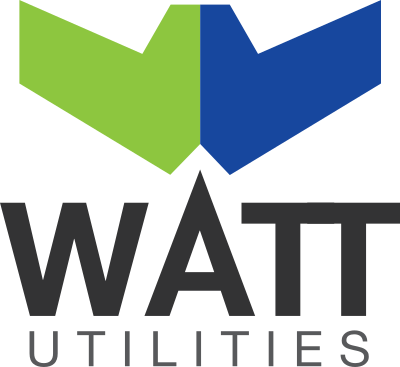
What is Network Tariff Reform and how does this affect you?
Network charges can make up more than 50 per cent of an electricity bill, but some businesses may not understand what network charges are. The following information will give an insight into how network charging works and what the Network Tariff Reform is.
The Network Tariff Reform was passed by the AEMC in November 2014, directing all electricity distributors to transition to cost-reflective tariffs to ensure fairer and more equitable pricing from the networking body to customers. These changes were made to encourage and provide financial incentives for customers who use electricity outside of peak periods. This would lessen the pressure on the network at peak times, reducing the need to build more infrastructure and resulting in lower costs. The introduction of Time-of-Use (ToU) pricing provided an opportunity for customers to minimise energy usage and demand at a time when the network was under the most pressure. By encouraging the spread of a customer’s load profile with incentives of lower rates outside of peak times, demand would be lessened during those times, resulting in less pressure on infrastructure and a reduced risk of power outages.
Victoria was the first to roll out cost-reflective ToU pricing, as most customers were already equipped with adequate Smart Metering. From 1 July 2017, new capacity demand charges were introduced for business customers across Victorian networks. Retailers were given a grace period to implement these changes, as the cost of ensuring the meters and systems could adequately manage the changes was substantial.
It was only from 1 January 2018 that the first customers really noticed these changes to their accounts.
You can find the various changes in Queensland and New South Wales by following the links:
Contact Watt Utilities if you find your tariff codes have changed, and we will review them to ensure they are the most suited to your site.
Contact Us Today


Fields marked with * are required.

Fields marked with * are required.